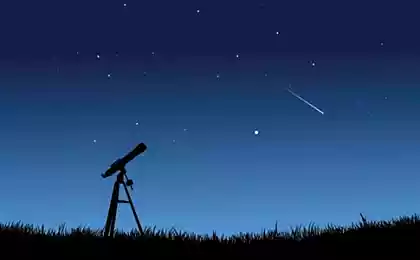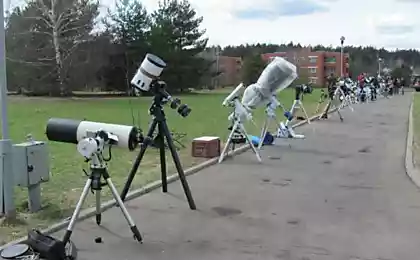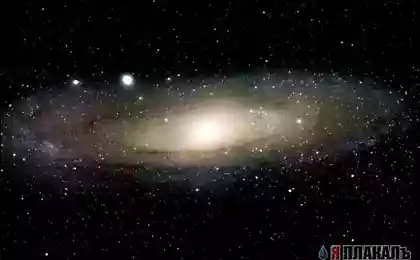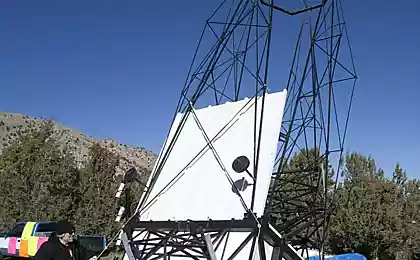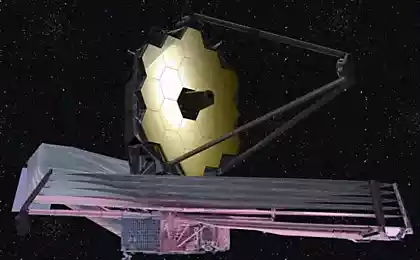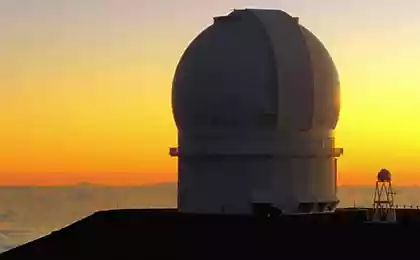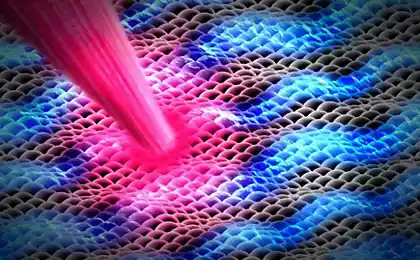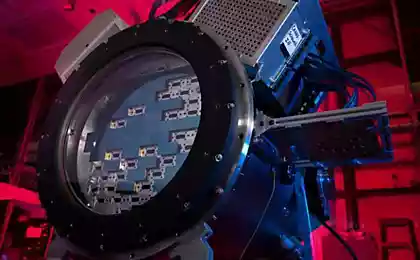929
Camera 3, 2 gigapixel in a new telescope SLAC

National Accelerator Laboratory SLAC received approval from the US Department of Energy for the construction of the telescope Large Synoptic Survey Telescope (LSST), which after installation in the mountains of Chile pictures of the universe will give unprecedented quality.
Recently ended 6, 5-year-old process of making a double mirror telescope. In March 2008, 22 tons of high-quality Japanese glass melted in a furnace, poured into a mold and cooled three months since continued grinding. Now the glass was moved to Tucson airport hangar Jets. Within a few years it will cause gently reflective coating. M1M3 mirror optical system will complement the digital camera giant telescope.

Before you start melting i>
The new telescope will establish in the territory of the Inter-American Astronomical Observatory of Cerro Tololo, 80 km to the east of the city of La Serena and 100 km south of the La Silla Observatory.
During his ten years with the new telescope sensor 3, 2 gigapixel should fix the tens of billions of objects (say, the first time any telescope can photograph more stars than the lives of people in the world). It is planned to record videos movement of the universe with an exceptionally high detail.

LSST will generate about 6 petabytes (6 * 10 15 sup> bytes) of information per year. Detailed images of the southern hemisphere will allow astrophysicists to study the formation of galaxies, track potentially dangerous asteroids, watch the explosions of stars and better understand what dark energy and dark matter, which are still virtually unexplored (so they are called "dark"), although they up to 95% of the mass of the universe.
The project budget for a digital camera these days was одобрен Department of Energy (building the main structure of the telescope financed by the National Science Foundation), so that the construction of the telescope can be called almost foregone conclusion affair. Two mentioned the organization will allocate $ 168 million and $ 473 million, respectively.

Before starting the actual construction of the chamber still have the third and final stage of the approval of the project in the summer of 2015. The components of the camera - the detail sizes with the car and up to 3 tons - will be established in different parts of the world within the framework of international cooperation among 40 universities and research laboratories that are included in profit consortium LSST Corporation.
If all goes well, the construction will start soon, and the telescope will become operational in 2022.
Source: geektimes.ru/post/244286/
According to Google, robomobili appear on the roads soon, from 2 to 5 years
Applied dronokartografiya
